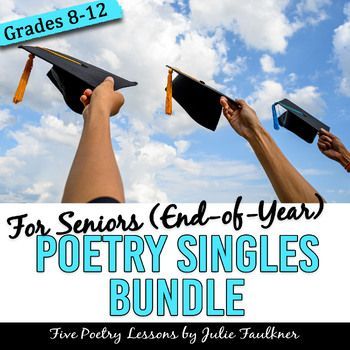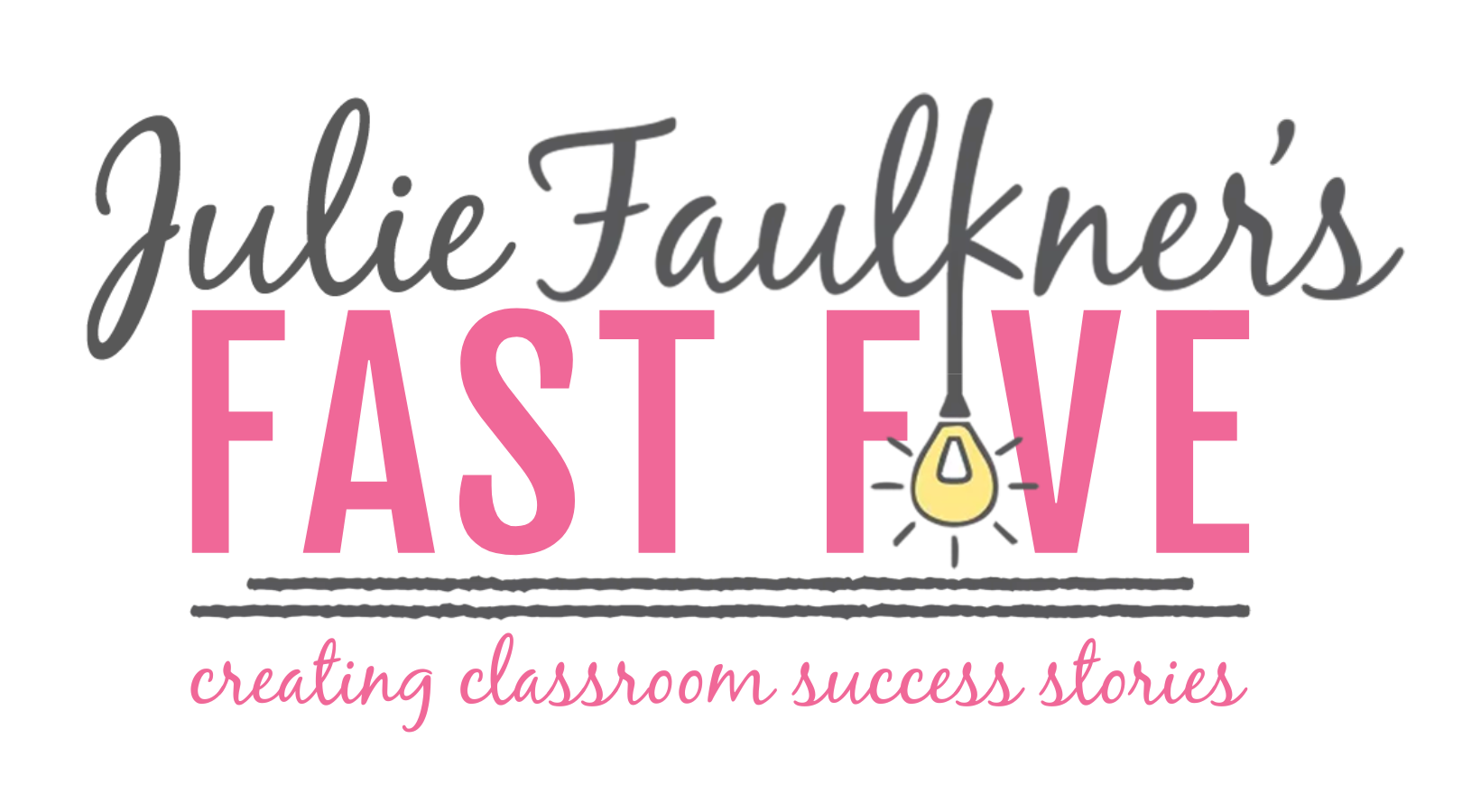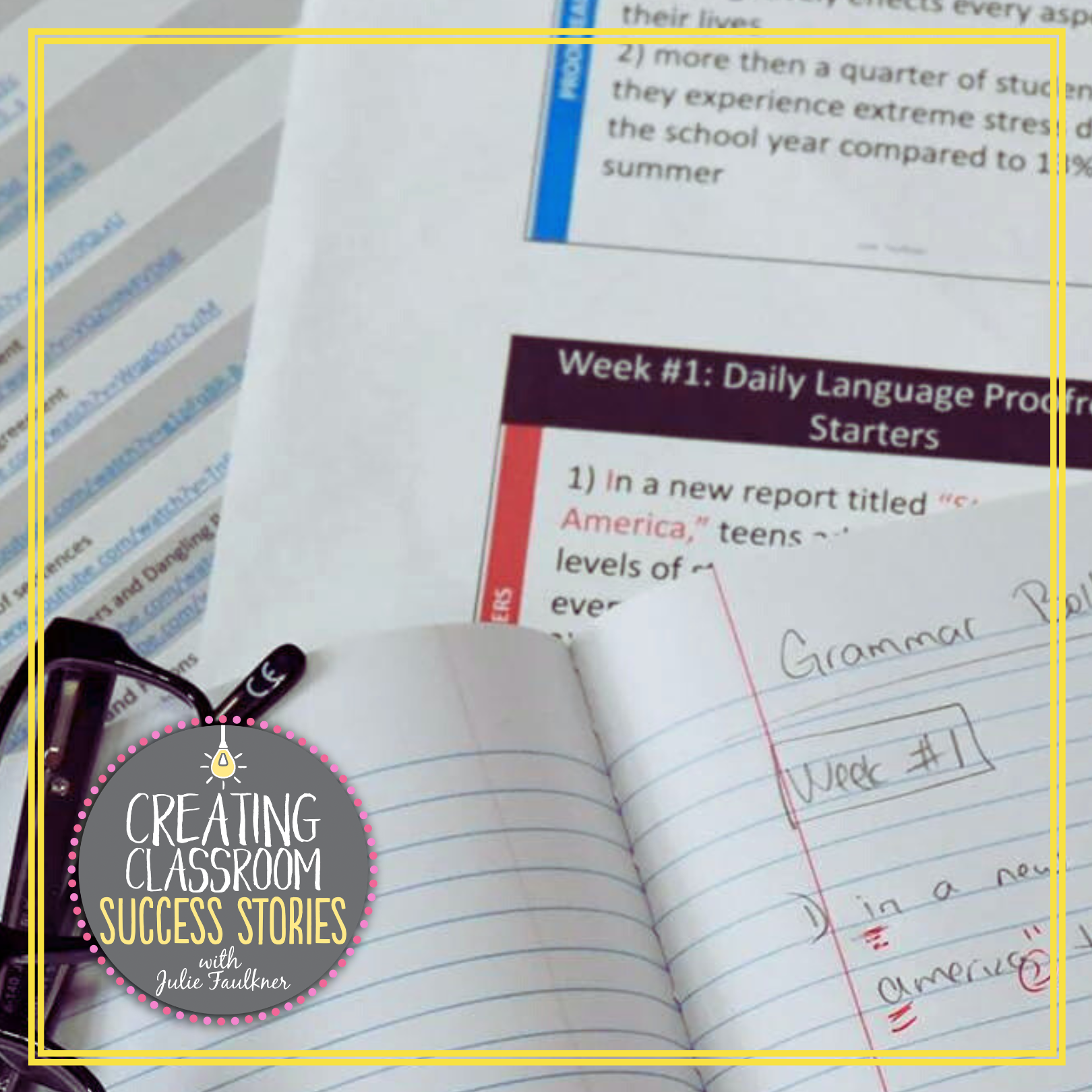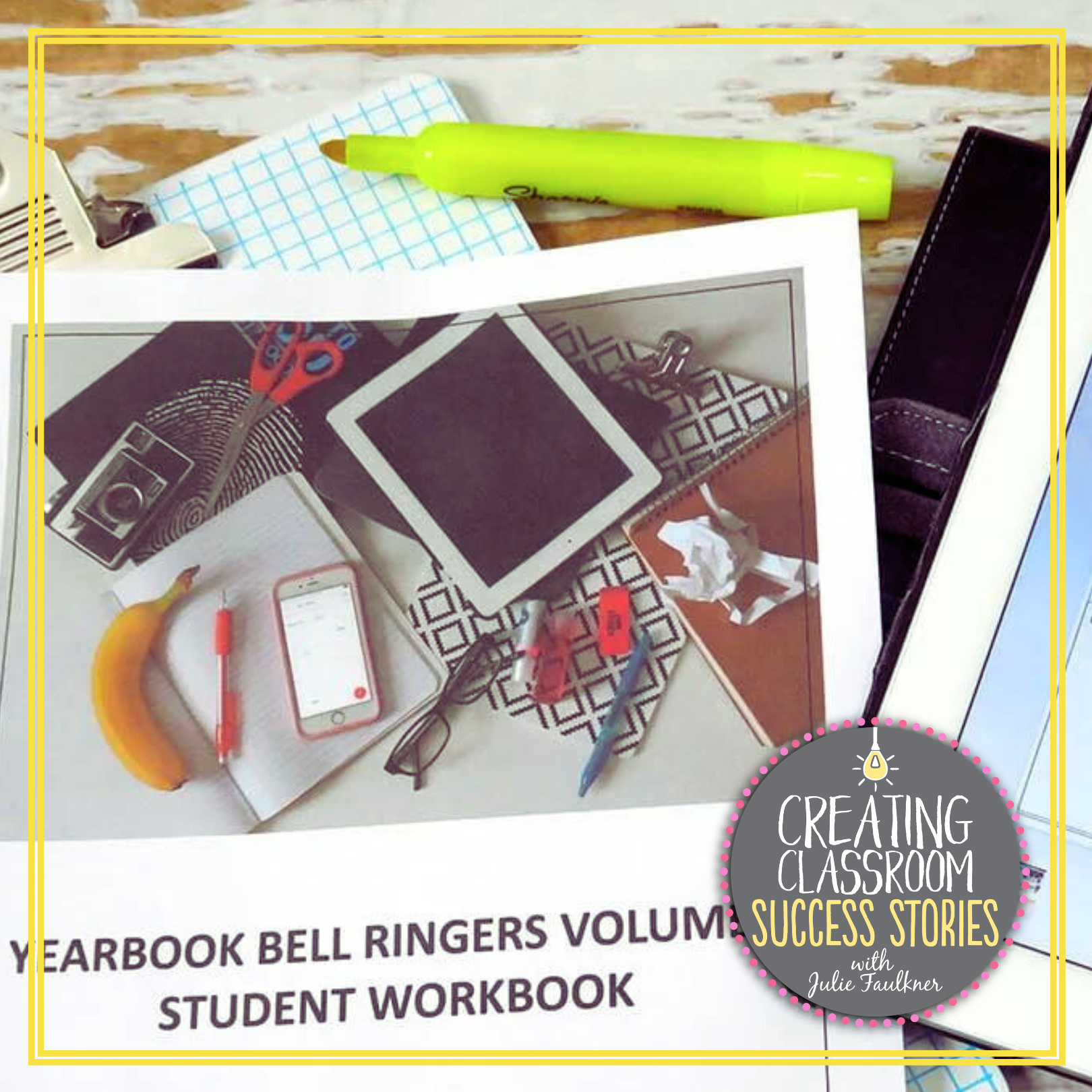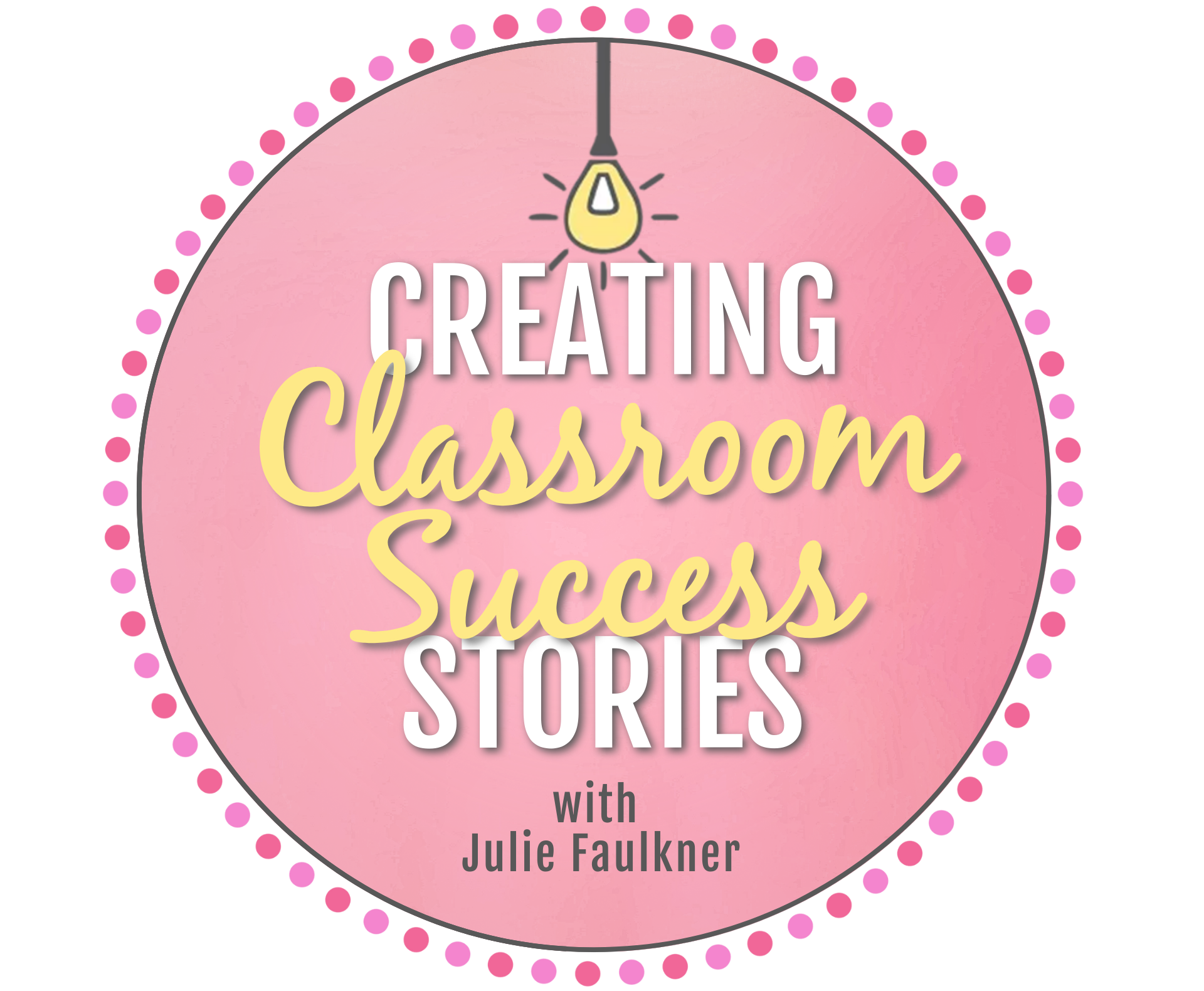5 Ways to Keep Students
Tuned-In at the End-of-the-Year
It’s getting to be that time of year when things get a little crazy – a little sideways. Students – and teachers – are starting to tune out! So hopefully, these ideas will make these end-of-year days less stressful, and more fun. Plus, these 5 ways to keep students tuned-in at the end-of-the-year are all student-centered and standards-based, so the kiddos stay engaged, and your job is easy. Join me for a fun recap of 5 ways to keep students tuned-in this time of year. Perfect for any secondary education classroom.
1. MAKE IT REAL AT THE END OF THE YEAR
When the CCSS started to roll out and there was so much emphasis placed on nonfiction, I’ll be honest – like many other “old English teachers” – I was nervous about giving up so much class time to those texts over my beloved classic fiction texts. Now, I love finding nonfiction texts that stand alone and/or that pair with my fiction. And, honestly, the kids LOVE it when they know it’s real. Students really “tune-in” with nonfiction because sometimes it’s so hard to believe that it is actually real! Sometimes I have them go searching on their own for real information – like in my mini research project on banned books in my Fahrenheit unit. Or other times, I’ll pair the info for them and have them dig into the material in class like in my lesson on the LeRoy HS outbreak after we read Act 1 of The Crucible. Also, take a look at several bundles of hot topics informational text lessons I have ready-to-go. Whether you teach English or not, finding ways to bring in the “real-world” aspect of your subject matter really gives your topic purpose, and I find students are much more likely to buy-in.
2. MAKE IT PERSONAL AT THE END OF THE YEAR
- We all know that secondary students can be ah hem… self-centered. (Bless) So anytime they get to talk about themselves, there’s interest. When my seniors read Fahrenheit 451, they do a generational Interview project as part of their reading tasks for the last section of my Fahrenheit unit. They – and their grandparents – really enjoy the project and the students learn so much about their families and themselves. Another way to make it personal and keep kids tuned in is with poetry that speaks to them. In my treating senioritis poetry pack, I’ve selected several poems that draw on students’ personal experiences and the follow up activities ask students to reflect on their past, present, and future. Another teacher shared this classroom success story about my poetry pack: “With less than a month left for the Seniors, they are losing their focus in class quickly. These are great assignments that keep them engaged and challenge them to keep at it. This is also great for Poetry Month (April). My student’s actual poems (from the extension activities) are being published in our campus newsletter to celebrate it.” Anything you can do as part of a lesson or short research project that allows students to make connections with their own lives will add a layer of interest they won’t be able to resist.
3. MAKE IT INTERACTIVE AT THE END OF THE YEAR
I have to admit that I’d never used puppets in the classroom before with high school students, but now that I have, I can’t stop. I also have to admit that it was partly my students’ idea to conduct the first puppet show I ever conducted. When my seniors read The Canterbury Tales, I had made little cards with the characters on them. I wanted each student to read and research about that character to share with the class. One student was holding up her card and thought she was being funny when she said, “We should do this as a puppet show.” I said, “Actually, that’s a great idea. Yes, we should.” That night I glued Popsicle sticks on the cards and borrowed a puppet curtain my mom had made for my nieces. Voila! The next day we had a puppet show! After that, I let my emoji addiction get a little more out of control, and I made emoji puppets for accountable talk, review, point of view, and more! See my Facebook post about them. If you don’t have puppets for your class, then just consider what topic you teach that students to re-enact or role play. For an extra layer of rigor, have the students write the scripts, too!
Escape games are super hot right now, too, and you can find them in just about any subject and grade level. The end of the year is the perfect time to give one a try for review or just for fun. I’ve made full-length games for some favorite stories I teach, and I recently started to make mini escape games that last 30 minutes! All of my games are designed so that you can use a physical lock box that you buy premade or make yourself or digitally with Google. I love using the physical lock box for students, and I’ve created this quick video tutorial just in case you’ve wanted to try it, but have been a little apprehensive about it. When I conduct an escape game in class, I have 100% participation and engagement. It doesn’t get more tuned-in than that!
4. MAKE IT PROJECT-BASED AT THE END OF THE YEAR
Projects don’t have to be a lot of work for you. Nor should they be a lot of work to prep. One year I wanted something new and fun for Earth Day, so I rummaged through my junk drawers at the house and had students create uses for the various items. The skills we covered? Propaganda, Info-Text Analysis; Speaking and Listening, Presenting. That project is for sale here! This time of year, my yearbook students also work on projects to keep them busy until the books come back. They would be excellent for a yearbook class, business, art, or technology class. I’ve also successfully done short research projects, and I have a ton of those available as well on a variety of topics.
5. MAKE IT A MOVIE DAY AT THE END OF THE YEAR
Let’s be real for a minute. We can’t always show a movie, but if we are talking about getting tuned in, well, we can’t ignore the obvious. If you missed my post about how to incorporate media effectively, click here to go check that out. I will say that my seniors are going to be watching The Hunger Games next week. Why in the world, right? It was their idea – and it wasn’t because they just wanted to watch it randomly. In fact, they’ve been asking me all along our 451 unit if there’s a sequel to Bradbury’s magnum opus. (Can we pause to just say how awesome it is that they want to read MORE 451?!?!?) Then one day, it dawned on a student that there was quite a bit of intertextuality between 451 and THG. I had noticed the parallels before because I love THG! He made a pretty good case for it, so I thought this would be a fun way to end the unit. They’ll have to write something showing those parallels, of course. Plus, I’ve got you covered for tons of movies with ready-made, standards-based movies guides. All you need to do is get the DVD and press play. Click over to my other blog post, as well, with more Tips for Teaching with Movies.
Here’s to a great rest of the year. Comment below with ways you successfully keep students tuned-in at the end-of-the-year.
Love this content?
Sign up for my email newsletter with more tips, ideas, success stories, and freebies!














